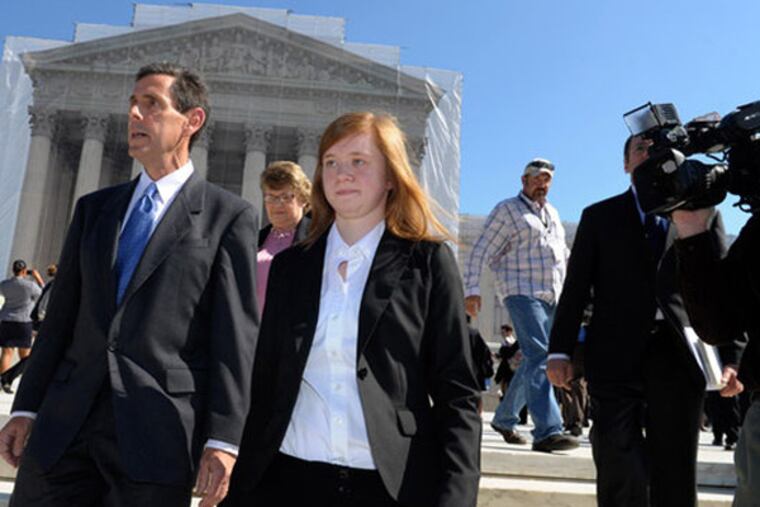Waiting for Fisher: Affirmative action’s future and upcoming Court decisions

It's been months since the Supreme Court heard arguments in a potentially landmark affirmative action case. So what's holding up a decision by the justices?
The case of Fisher v. University of Texas is one of the most-prominent and controversial issues in front of eight (and not nine) justices this term. (Justice Elena Kagan is not involved in the Fisher decision, due to her prior position as solicitor general.)
The case was argued last October and it is the last one from that session that hasn't seen a public ruling by the court.
Again, on Monday, the court didn't announce a decision in the Fisher case.
There hasn't been a lot of public speculation about the apparent delay in the Fisherdecision, but it isn't the only case on the court's radar about affirmative action, after going years without a major ruling on the matter.
The court decided in late March 2013 to hear a second case, in its next term (which starts in October 2013) about an affirmative action suit in Michigan. Justice Kagan is also not involved in Schuette v. Coalition to Defend Affirmative Action.
Both cases involve similar issues. The speculation in late March was that ruling in the Texas case was imminent, since the justices agreed to take up the Michigan case in next term.
And two months' later, the "imminent" decision in the Fisher case is still on hold, with a month left in the court's current term.
Constitution Daily contributor Lyle Denniston, writing for SCOUTUSblog, defined one big difference between the Texas and Michigan cases back in March.
"The Fisher case, while it does have fairly broad potential, focuses directly only on the specifics of an affirmative action plan at Texas's flagship university in Austin, and so the ruling in that case might not go much beyond that plan," he said.
The Michigan case involves that state's power to bar race as a criteria for admission to all its public universities, and it is potentially much broader.
Among the other factors is Justice Anthony Kennedy, who is considered a swing vote on the nine-person court. With Kagan recused, Kennedy could cast the deciding vote in theFisher case and write the majority opinion in the ruling.
Back in 2003, when the court decided in a 5-4 vote to uphold affirmative action in Grutter v. Bollinger, it was Kennedy who wrote the minority opinion in the decision.
Now, along ideological lines, the court could decide to rule against affirmative action in the Fisher case, only to face another ruling in a year. And the Fisher ruling could come close to another ruling on the Voting Rights Act that will get its fair share of publicity.
In the Grutter case in 2003, Justice Sandra Day O'Connor said that in perhaps 25 years, affirmative action decisions may not be needed to promote racial diversity.
And in the year 2028, the racial makeup of the United States could be very different than in the O'Connor era.
According to data from the Pew Research Center, the nation will be in the middle of a great demographic shift at that point. The foreign-born percentage of the U.S. population will be at highest point in 100 years in the year 2025, and by 2050, the U.S. non-Hispanic white population will be a minority, at 47 percent.
Those factors could cause a future Supreme Court to look back at 2013 as a key moment in the history of affirmative action cases.
Scott Bomboy is editor-in-chief of the National Constitution Center in Philadelphia.